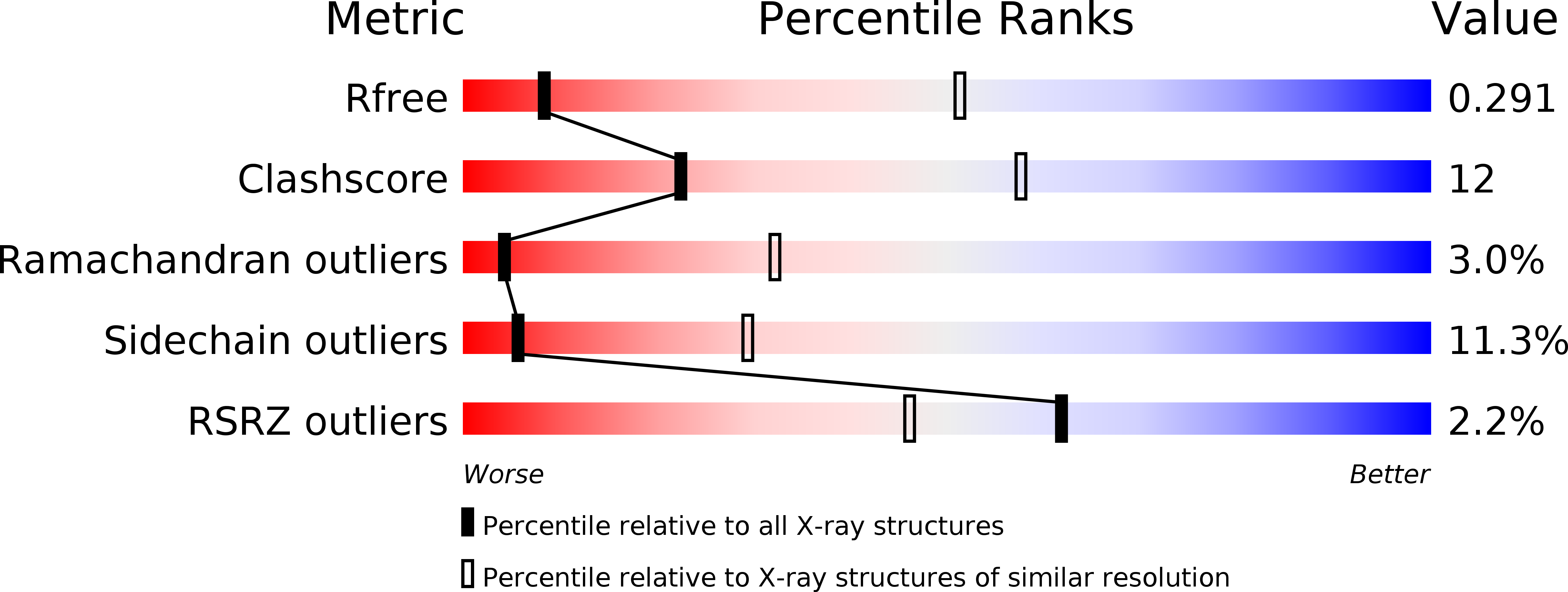
Deposition Date
2012-07-06
Release Date
2013-03-06
Last Version Date
2023-11-08
Entry Detail
PDB ID:
4FZF
Keywords:
Title:
Crystal structure of MST4-MO25 complex with DKI
Biological Source:
Source Organism:
Homo sapiens (Taxon ID: 9606)
Host Organism:
Method Details:
Experimental Method:
Resolution:
3.64 Å
R-Value Free:
0.30
R-Value Work:
0.25
R-Value Observed:
0.25
Space Group:
I 4 3 2


